Introduction
Peaches, with their delicate skin, juicy flesh, and sweet aroma, are a beloved fruit enjoyed by many across the globe. Their peak season, typically during summer, makes them an ideal choice for fresh consumption, baking, and various culinary preparations. However, the challenge lies in preserving their freshness, especially when stored at room temperature, as peaches are highly perishable. This guide aims to provide comprehensive insights into how to keep fresh peaches in optimal condition at room temperature, ensuring they retain their quality, taste, and nutritional value for as long as possible.
Understanding Peach Physiology
Before diving into preservation techniques, it’s crucial to understand the basic physiology of peaches. Peaches belong to the genus Prunus within the Rosaceae family and are classified as stone fruits due to the presence of a hard pit or stone encasing the seed within their flesh. Their skin is thin and susceptible to bruising, while their flesh is high in moisture and sugar content, making them prone to rapid spoilage.
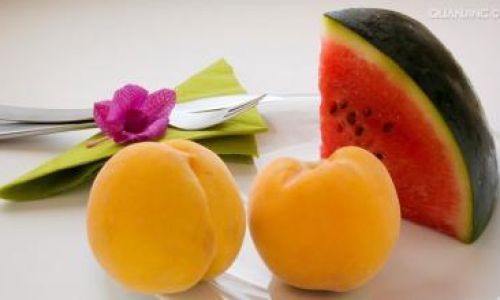
Peaches undergo a series of biochemical changes post-harvest, including respiration, ethylene production, and senescence. Respiration involves the breakdown of sugars to release energy, which leads to the gradual softening and loss of firmness. Ethylene, a plant hormone, accelerates ripening and senescence, the natural aging process of fruits. Understanding these processes is key to developing effective preservation strategies.
Factors Affecting Peach Preservation at Room Temperature
Several factors influence how well peaches can be preserved at room temperature. These include:
- Variety: Different peach varieties have varying degrees of firmness, sugar content, and susceptibility to spoilage.
- Maturity Stage: Peaches harvested at different maturity stages (e.g., firm-ripe, tree-ripe) will have different shelf lives.
- Handling and Packaging: Rough handling can bruise peaches, accelerating spoilage. Proper packaging can protect peaches from physical damage and slow down the ripening process.
- Storage Environment: Room temperature itself varies widely, and even slight fluctuations can impact peach preservation. Humidity, air circulation, and exposure to light are also critical factors.
- Ethylene Exposure: Peaches are sensitive to ethylene, which can come from other fruits, vegetables, or even packaging materials, accelerating ripening and spoilage.
Selecting the Right Peaches for Room Temperature Storage
The first step in preserving peaches at room temperature is selecting the right ones. Here are some tips:
- Choose Firm Peaches: Opt for peaches that are firm to the touch but yield slightly when gently pressed. Avoid overly soft or mushy peaches as they are closer to spoilage.
- Inspect for Bruises and Blemishes: Look for peaches with smooth, unblemished skin. Small bruises or scratches can quickly lead to larger areas of decay.
- Consider the Stem: If the peach still has its stem attached, it should be green and firmly attached. A dry or loose stem can indicate that the peach has been on the vine too long or handled roughly.
- Color: While color can vary depending on the variety, ripe peaches generally have a uniform blush or full coloration. Avoid peaches with green patches as they may not be fully ripe.
Handling and Preparation for Storage
Proper handling and preparation are essential for preserving peaches at room temperature. Follow these steps:
- Gentle Handling: Handle peaches gently to avoid bruising. Use a soft cloth or paper towels to cushion them during transport and storage.
- Inspect and Sort: Before storing, inspect each peach carefully and sort out any that are damaged or show signs of spoilage.
- Remove Pits (Optional): If you plan to store peaches for a short period and intend to eat them soon, you can leave the pits intact. However, for longer storage, consider pitting them to slow down the ripening process.
- Avoid Washing Until Ready to Use: Washing peaches before storage can remove the natural protective waxy layer on their skin, making them more susceptible to spoilage. Instead, wash them right before consumption.
Storage Techniques for Fresh Peaches at Room Temperature
Now, let’s delve into the various techniques for storing fresh peaches at room temperature.
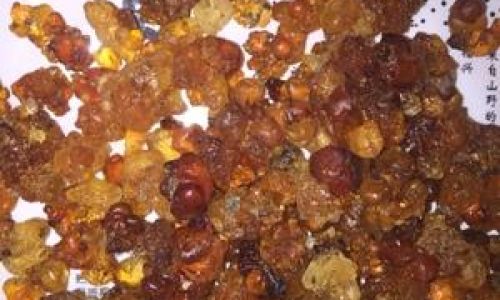
Single-Layer Storage
One of the simplest methods is to store peaches in a single layer on a tray or in a shallow basket. This allows for good air circulation, which helps to maintain freshness. Place the tray or basket in a cool, dark corner of your kitchen or pantry away from direct sunlight and heat sources like ovens or radiators.
Paper Towel and Plastic Wrap Method
For a bit more protection, you can wrap each peach individually in a paper towel before placing them in a single layer in a container or on a tray. The paper towel absorbs excess moisture, helping to keep the peaches dry and reducing the risk of mold growth. Cover the container loosely with plastic wrap to create a slightly humid environment but allow for some air circulation.
Newspaper Wrapping
Another traditional method involves wrapping peaches in newspaper. Wrap each peach individually, ensuring the newspaper is not too tight to restrict air circulation. Place the wrapped peaches in a cool, dark place. The newspaper acts as a buffer against physical damage and helps regulate humidity.
Ventilated Storage Containers
Using ventilated storage containers designed specifically for fruits can also be effective. These containers have perforations or slots that allow for air circulation while protecting the peaches from external elements. Place the containers in a cool, shaded area.
Refrigerator Transition (Short-Term Room Temperature Storage)
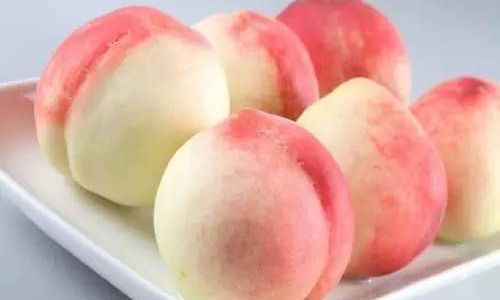
If you’ve refrigerated peaches but want to bring them to room temperature before eating, you can do so carefully. Remove the peaches from the refrigerator and let them sit on the counter, uncovered, for about an hour. This allows them to warm up gradually without condensing moisture on their skin, which could lead to spoilage. After an hour, you can wrap them lightly in paper towels or place them in a ventilated container as described above.
Monitoring and Maintenance
Once you’ve chosen the right storage method, it’s important to monitor the peaches regularly. Check them daily for signs of spoilage, such as softening, mold growth, or discoloration. Remove any affected peaches immediately to prevent the spread of decay to other fruits.
Tips for Extending Shelf Life
While room temperature storage is limited in terms of shelf life, there are a few additional tips that can help extend the freshness of your peaches:
- Use a Humidity-Controlled Environment: If possible, create a humidity-controlled environment with a dehumidifier or by placing a bowl of water nearby (but not directly touching the peaches) to maintain optimal humidity levels.
- Isolate Peaches from Ethylene Sources: Store peaches away from other fruits that produce high levels of ethylene, such as bananas, apples, and tomatoes, as this will slow down their ripening process.
- Consume Promptly: Remember that peaches are best enjoyed soon after purchase. The longer they sit, the more their quality will decline. Plan to consume them within a few days of bringing them home.
Conclusion
Preserving fresh peaches at room temperature requires a combination of careful selection, gentle handling, and appropriate storage techniques. By understanding the basic physiology of peaches and the factors that affect their preservation, you can take steps to maximize their shelf life and enjoy their deliciousness for as long as possible. Whether using a simple single-layer storage method or more advanced techniques like newspaper wrapping or ventilated containers, the key is to create an environment that supports slow, controlled ripening while protecting the peaches from physical damage and excessive moisture. With these strategies in place, you can savor the sweet, juicy taste of fresh peaches throughout the summer and beyond.
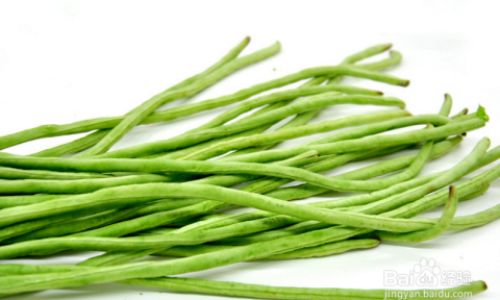
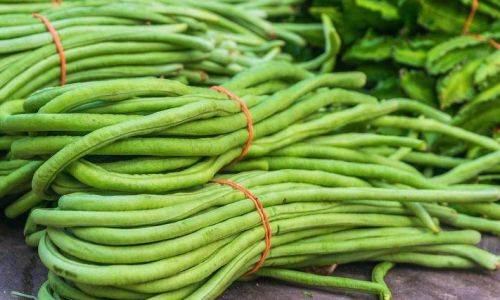
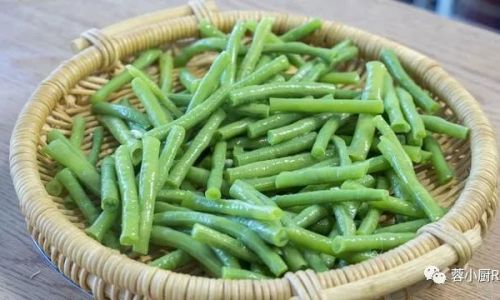
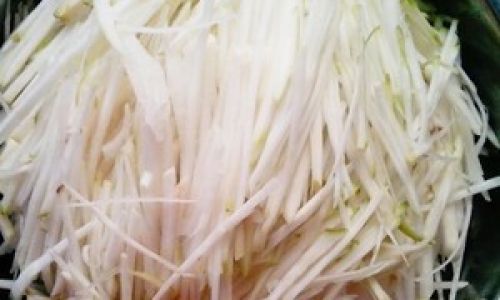
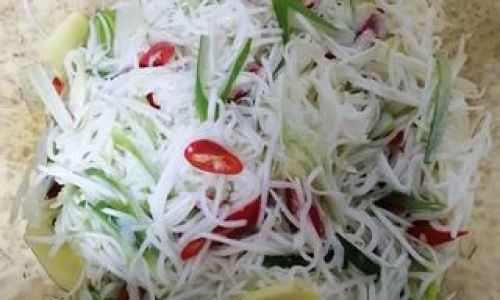
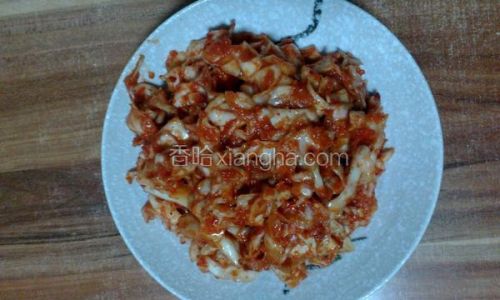
0 comments